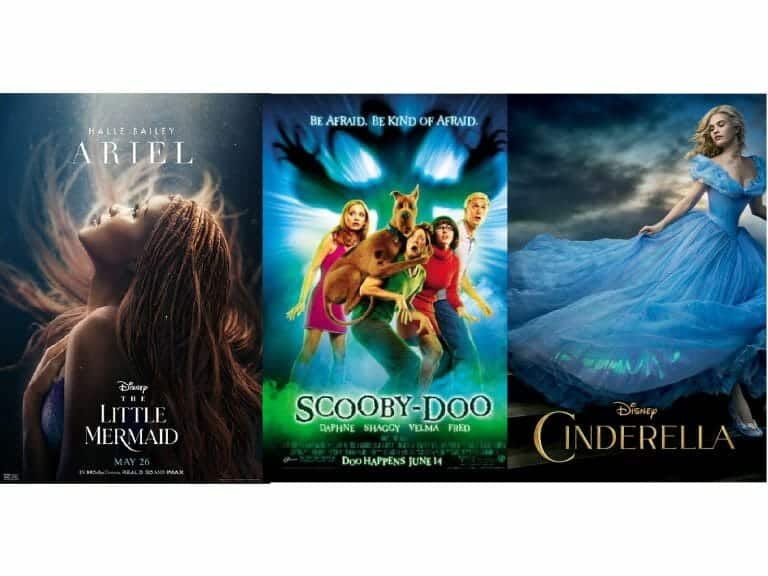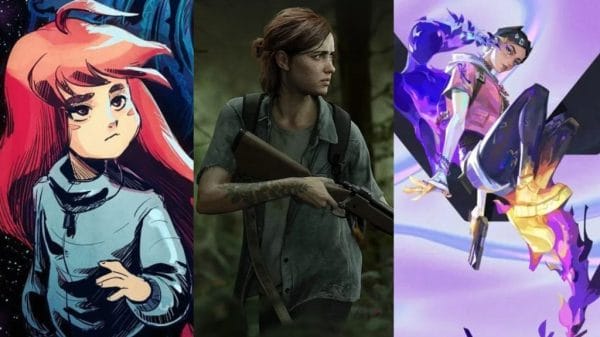With the popularity of films like The Little Mermaid (2023) and most recently Barbie, the topic of live adaptations is as present as ever. It’s no surprise that film studios are trying their luck with turning beloved animated films and series to live-action productions. But as the announcements for these productions come, the audience reactions are often divided.
Positive Points
As with typical online discourse, there are a few points of agreement when it comes to the conversation of live adaptations. Fan casting – when people pitch their own ideas of which actor should play a certain character – is a common part of the discussion. A popular fan cast choice, for example, is Florence Pugh as Rapunzel in a live adaptation of Disney’s Tangled.
The overall harmless nature of fan casting allows anyone the freedom of creativity and fun. Even more favorable to studios, this sort of audience engagement brings attention to a live adaptation.
Problems Arise
Aside from the positive side of the conversation, the critical part of it remains. Viewers tend to focus on the level of loyalty to the source material before and after live adaptations are released. The desire for pure loyalty in live adaptations has led to cases of disappointment. Mulan (2020) left audiences reproachful with the decision to remove the character Mushu and the musical aspects.
Although Disney explained that some of the changes were reasonably done to be culturally conscious, other alterations remain questionable. In the live adaptation, Mulan was born with supernatural abilities, which is what helped her save China. In Mulan (1998), she grows in mind and strength through hard work and resilience, a powerful message for girls and women alike.
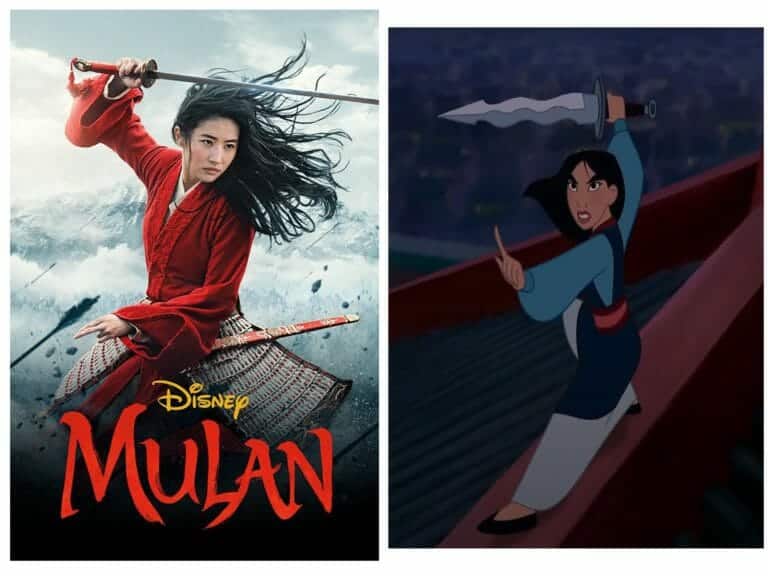
While some criticisms for Mulan’s live adaptation are reasonable, the backlash of The Little Mermaid (2023) demonstrates an extreme end of the conversation. Comparisons to the 1989 animated film led to racist remarks toward the film’s star, Halle Bailey, for portraying Ariel. Hashtags like “#notmyariel” spread online, and IMDb took steps to prevent negative “review bombing.” Despite the disapproval, Halle’s acting and voice proved her to be a great casting choice. Most importantly, Halle becoming a face for Ariel presented a new way to determine the success of a live adaptation.
Measuring Success
Upon the release of the trailer for The Little Mermaid, reactions to it quickly trended on TikTok. The highlight of the trend was the amazed reactions of many young black girls at seeing a black woman as Ariel. This welcoming reaction pointed to how impactful representation can be, and how live adaptations can achieve this while keeping qualities of the source material.
The way audiences react to the same detail for different films is also insightful. Audiences praised Cinderella (2015) for its dazzling costume design, with the iconic ball dress brought to life with richer blue shades.
On the other hand, the Beauty and the Beast (2017) live adaptation encountered critical opinions on Belle’s yellow dress. Rather than embracing the fantasy elements merging with real life, the yellow dress was simplified and left audiences wanting more. Of course, the costume design was not the make or break of the success of each film, but audience reactions did reveal what production studios should pay attention to in live adaptations.
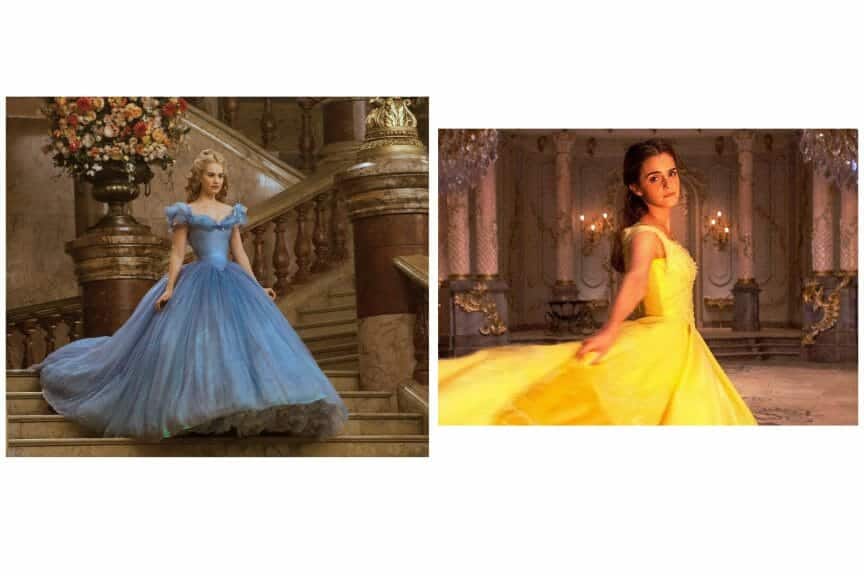
The Films of Tomorrow
Regardless of split reactions, one thing is for sure: live adaptations will continue. The live-action adaptation of the anime One Piece and the film Lilo and Stitch are among the most anticipated future releases. Ultimately, it’s important for studios to question the need for any live adaptation before production.
Learning from Predecessors
Another detail film studios can give attention to is finding a good balance between loyalty to the source material and exploring new angles. Maleficent (2014) and Scooby-Doo (2002) are ideal examples of this balance. The film reimagines the story of Sleeping Beauty (1959) through the perspective of the villain. Maleficent becoming the saving kiss for Aurora provided a new take on the classic tale.
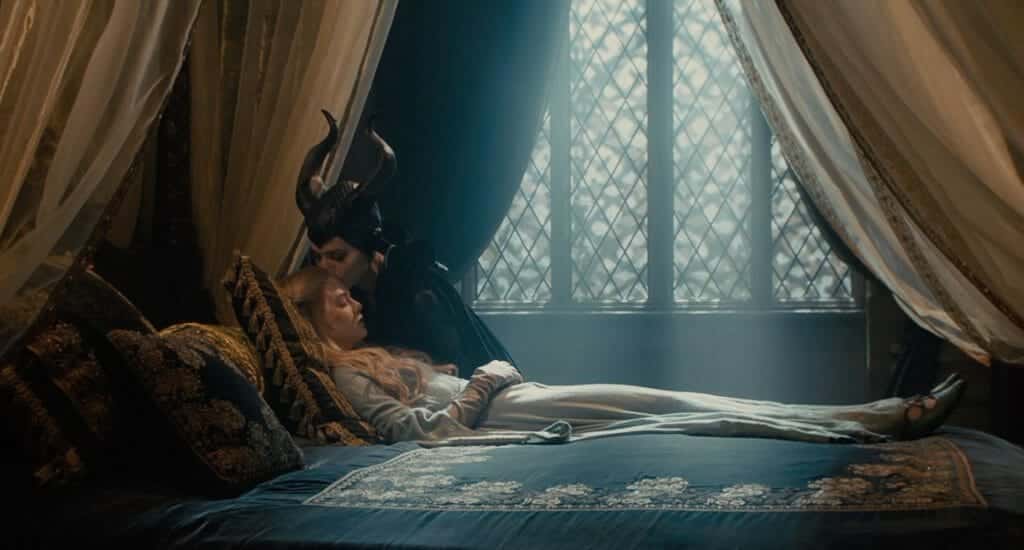
The Scooby-Doo live adaptation perfectly captures the quirky characters and monster encounters of the original animated series. The fresh angle of the film is in giving the characters complex personalities and challenges to strengthen the team’s bond. Even with these changes, traces of the animated series are prominent throughout the film.
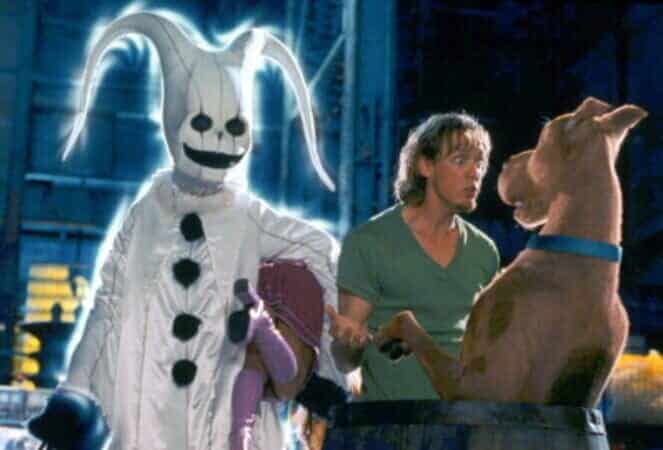
Limits – Do They Exist?
An often unacknowledged factor in the live adaptation conversation is where the limits should be. Any limits decrease as the abilities of technology and filmmaking grow.
Live-action adaptations, arguably, cannot replicate the stunning process of stop-motion animation for films like Coraline (2009) and Corpse Bride (2005) that give these films a uniquely beautiful feel. Colors, sets, character expressions, and intricate world-building of non-live-action films can stay as is, and don’t need a live adaptation. Still, many people are eager to share their thoughts on a live-action cast.
Concluding Thoughts
Praise and disapproval will be granted to future live adaptations, as with any film in general. It matters that the core of creation and storytelling in film be revived. Taking the risk with new stories rather than relying exclusively on the retelling of established films can spark exciting new conversations. So let the magic of filmmaking continue to expand, and great stories are bound to happen.


